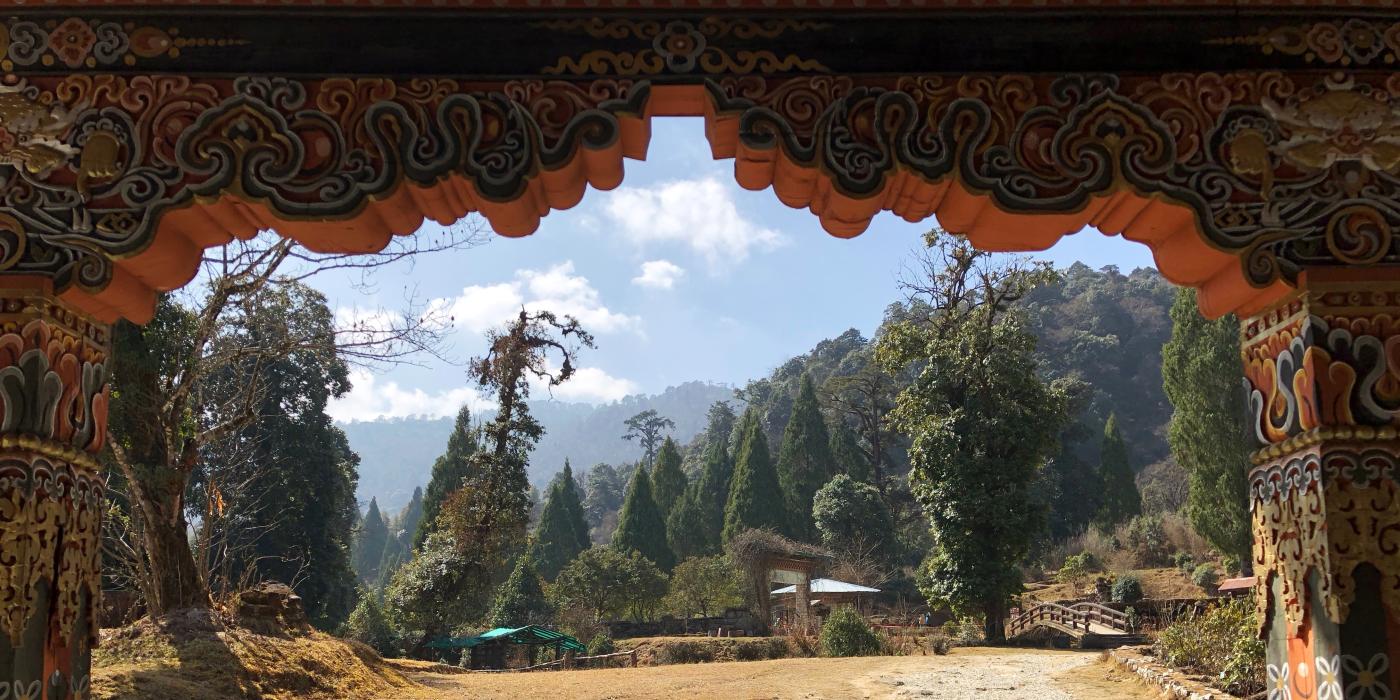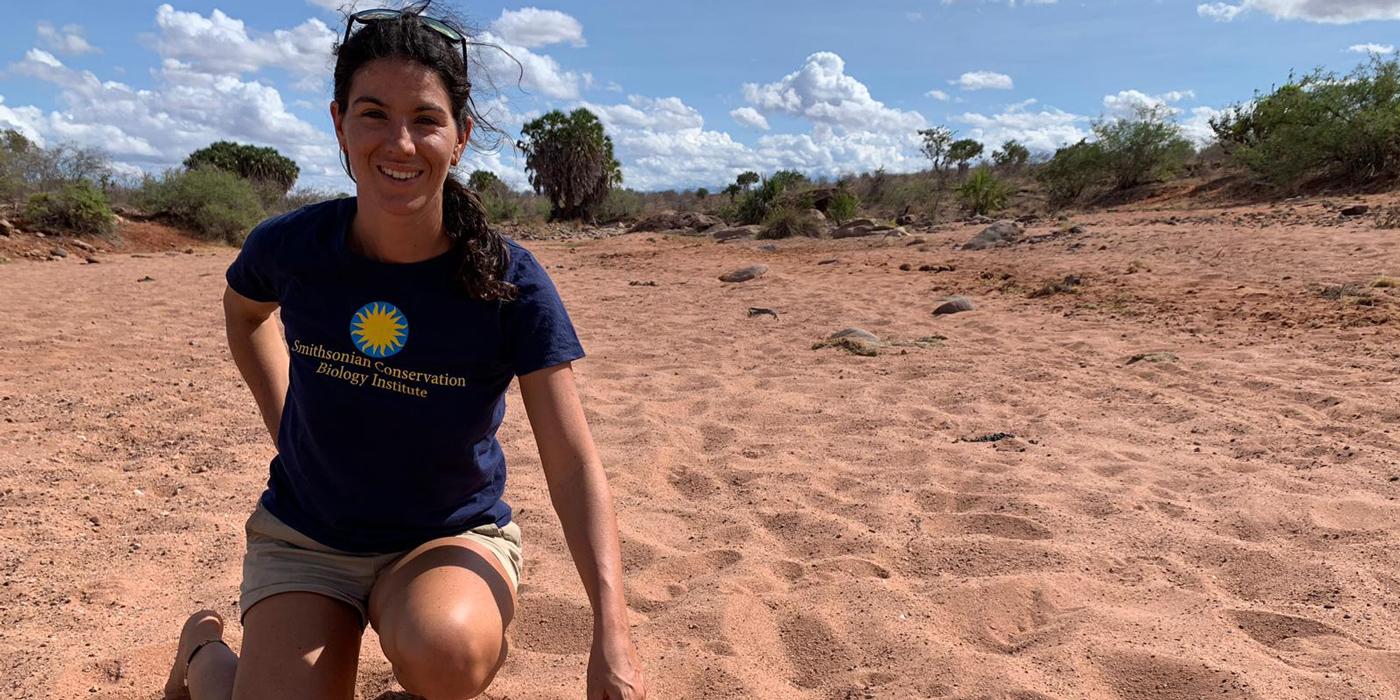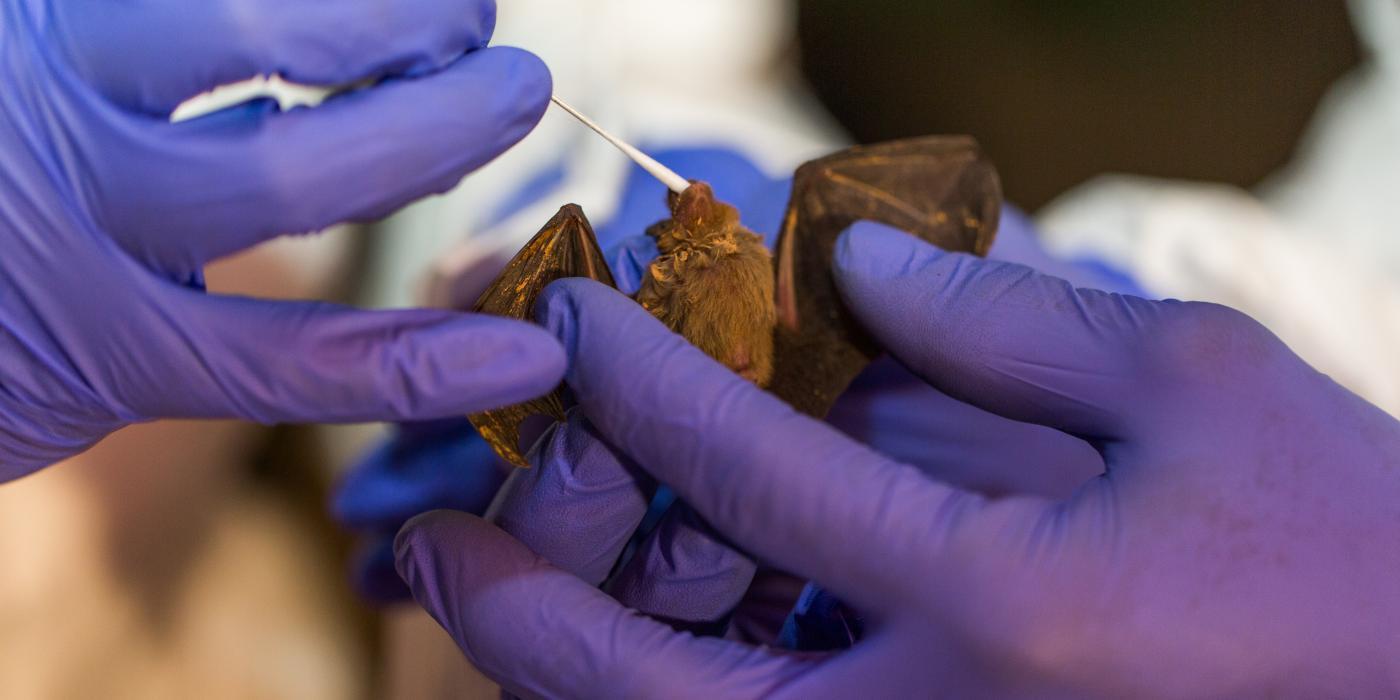Field Notes: Talking Takin in Bhutan
The Royal Takin Preserve in Thimpu, Bhutan, is the only facility with animals on exhibit in Bhutan. This 19-acre park houses various antelope and deer species native to the country, especially the national animal: the Bhutan takin.
In January 2017, 22 takin died suddenly; the suspected cause was consumption of a toxic ivy plant. This event became a national concern, and the Ministry of Agriculture and Forests made substantial changes to the park management. As a wildlife veterinarian for the Smithsonian Conservation Biology Institute’s Global Health Program, Dr. Marc Valitutto was asked to visit, evaluate the Preserve and help build their veterinary capacity so that they could best provide for and monitor the health of the takin in their care. The following is a photo essay from his field work.
With more than 50 percent of land being protected in Bhutan and a constitutional mandate to maintain 60 percent of the land under forest cover, Bhutan is one of the only countries to truly ensure the sustainability of their environment. This country instills in its citizens the need for animal conservation and long-term respect for the environment, a primary source of income through international tourism.
The mission of SCBI to protect and conserve species perfectly aligns with that of the Royal Takin Preserve. Both see the intrinsic value in preserving wildlife and the environment, and we recognize that the health and well-being of humans, animals and the environment are inextricably linked.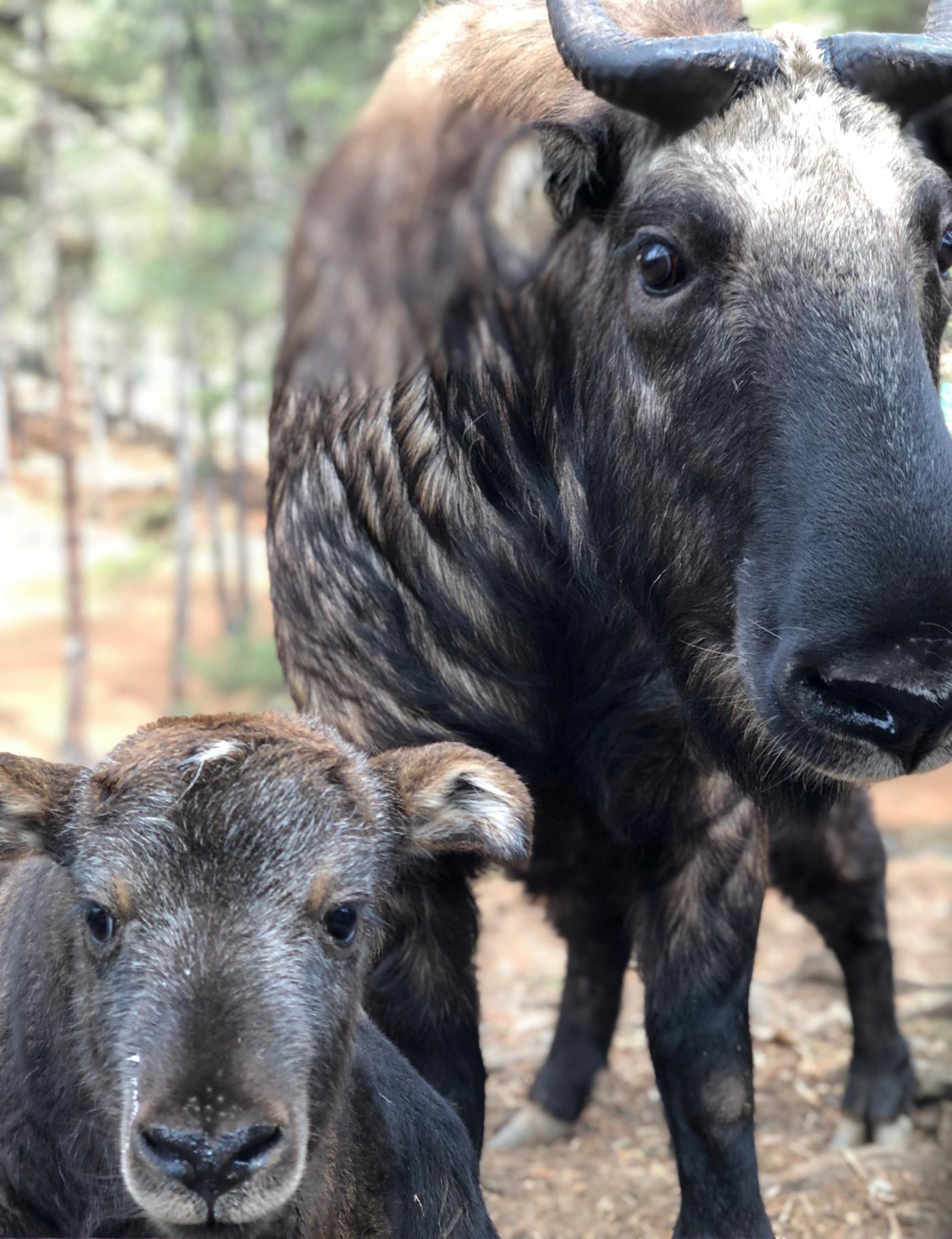
The Royal Takin Preserve is home to 17 Bhutan takin, including at least two adult males and four adult females. The Preserve exhibits a host of hooved mammals, including Sambar deer, goral, muntjac and a pair of Himalayan serow. With the exception of the takin, the animals were rescues acquired by the preserve through the Nature Conservation Division. The enclosures are sizeable; each has a heavy stream in the middle with ample pine trees creating a natural looking habitat.
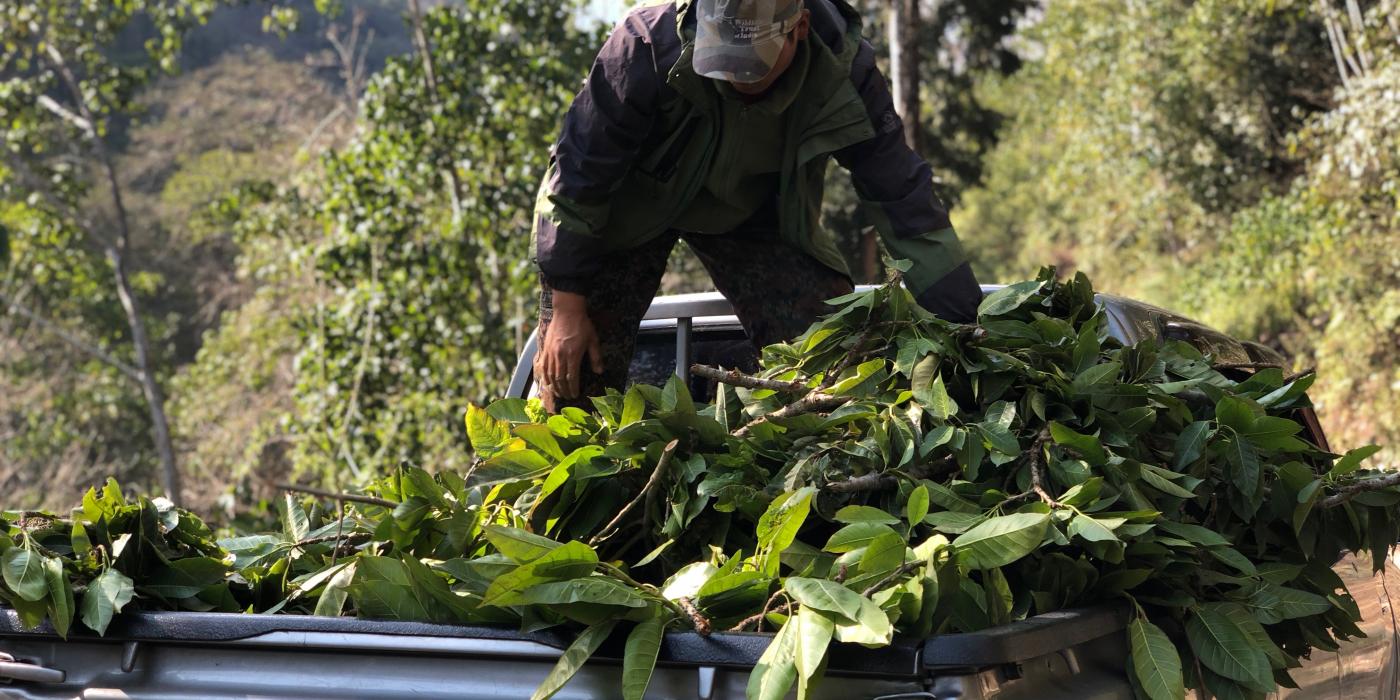
In winter, staff are tasked with acquiring supplemental roughage—they must source browse from the natural winter feeding grounds of the wild takin. This entails sending two staff to a remote forest location in the Jigme Dorji National Park. It is a three-to-four-hour-drive from the Preserve. The browse the staff collect is often at the tree tops and requires them to climb at least 30 feet to chop branches with machetes. Each time they make this trek, they collect enough browse to feed the animals for two to three days.
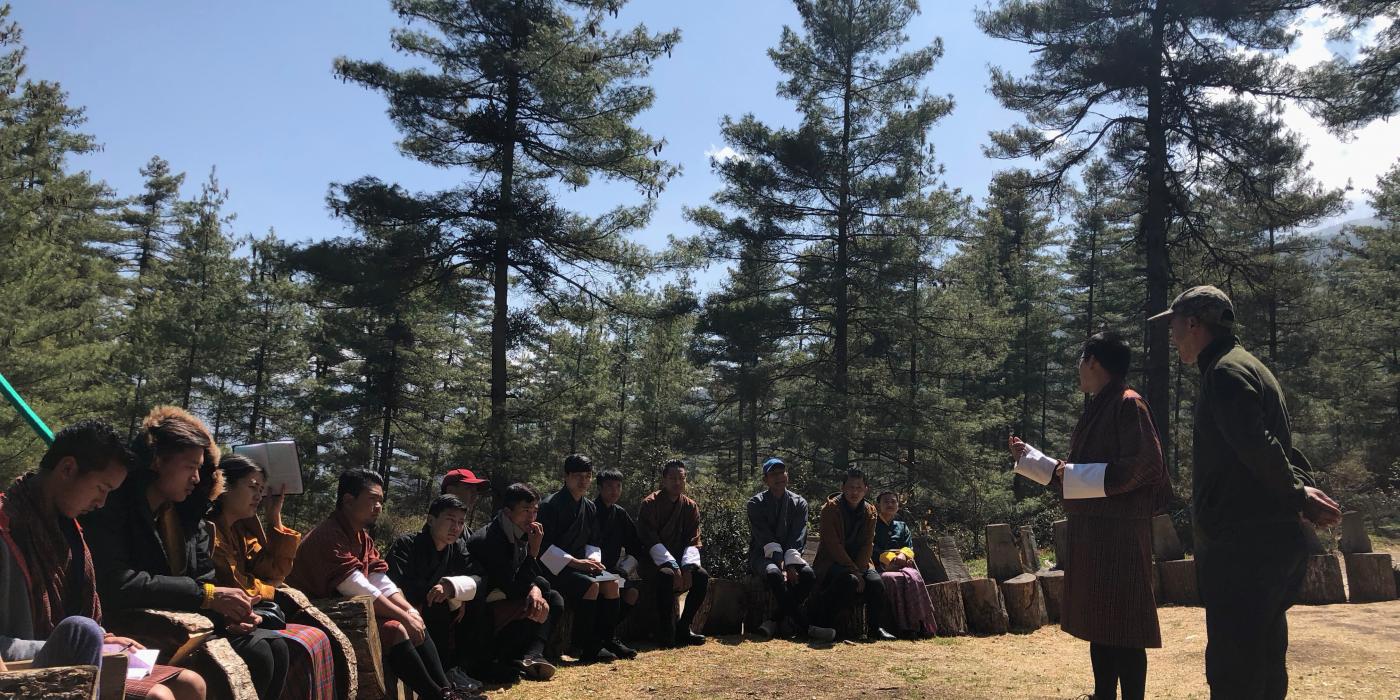
The staff who work at the Royal Takin Preserve are not short on their dedication to the preservation of their native species and their habitats. However, obtaining expertise in animal care and wildlife medicine is difficult in this small and minimally populated country. The most resounding request is the need to build capacity; in other words, to ensure staff receive the training, tools and equipment needed in order to provide the best care for the Preserve’s animals. In addition to veterinary care, SCBI’s scope of expertise extends to animal management, exhibit design, education, research and conservation science. These are all areas in which we can impart our knowledge and share best practices.
This article was feature in the April 2018 issue of Smithsonian Conservation Biology Institute News.
